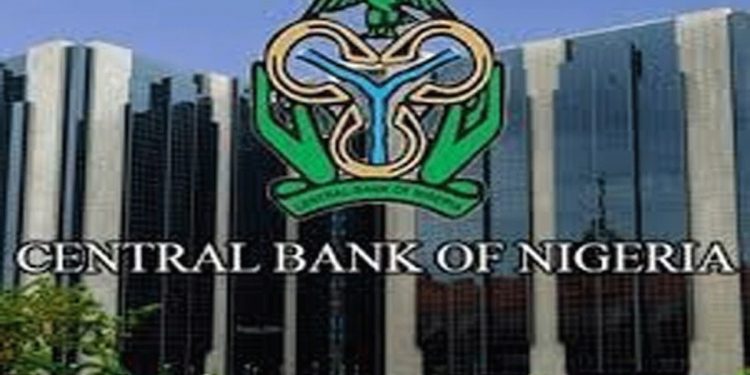Nigeria received about $8.4bn investment announcements as at 4th March 2021, out of which $5.46bn were pledged by foreign investors. The remaining $2.08bn was promised by domestic investors, statistics obtained from the Nigerian Investments Promotion Commission showed.
The sum pledged by foreign investors in Q1 2021 is 27.5 per cent lower than the $7.54bn foreign investment announcements recorded by the NIPC in the preceding quarter. However, the Q1 foreign investment profile was 36.5 per cent higher than the $4.02bn reported in the corresponding period in 2020, but was 56.6 per cent lower than the S12.6bn recorded in the same period in 2019.
In its ‘report of investment announcements in Nigeria (January – March 2021)’, the NIPC noted that the major sources of foreign investments announcements in Q1 2021 originated from Morocco, the United Kingdom and the United States. Investors from the three countries pledged $1.40bn, $0.24bn and $0.08bn respectively, while other investors from undisclosed countries pledged to invest $3.74bn in Nigeria’s economy. The report revealed that Bayelsa and Delta States were the top investment destinations during the period, followed by Akwa Ibom and Lagos States.
Meanwhile, vulnerable borrowers benefitting from the Central Bank of Nigeria’s COVID-19 forbearance hold about 37.72 per cent of the entire banking industry loan portfolio as of April.
A member of the Monetary Policy Committee, Robert Asogwa, said this in his personal statement, which was released by the CBN on Saturday. He said, “Records show that vulnerable borrowers benefiting from the CBN COVID-19 forbearance hold about 37.72 per cent of the entire banking industry loan portfolio and this surely represents a significant size for the banking industry.
“However, the increase in the total assets and total deposits of the banking industry in April 2021 compared to the position in February shows that the system remains robust and characterised by a balanced funding structure despite the marginal deterioration in both capital adequacy ratio and profitability indicators between March and April 2021.”
In his statement, he said recovery from the effects of COVID-19 pandemic seemed to have strengthened. He said, “Following a real GDP expansion of 0.11 per cent in the fourth quarter of 2020, he said, there was a further rebound in the first quarter of 2021 as the real GDP growth rose to 0.51 per cent, but uneven across sectors.















